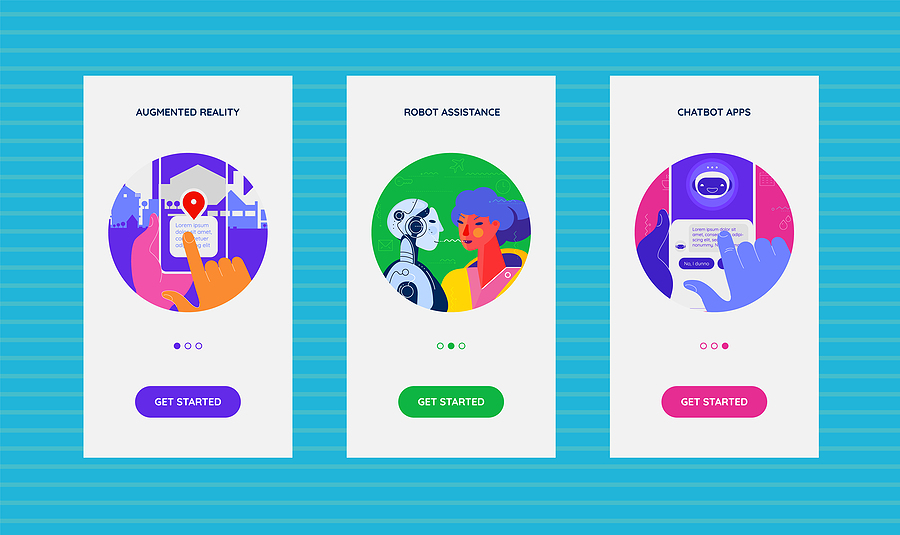
How Technology Will Change Everything About Us and Subscription Businesses
Nicholas Thompson, CEO of the Atlantic, shares his insight on how technology will change (and is changing) the world.
HELLO!
This premium article is exclusively reserved for Subscription Insider PRO members.
Want access to premium member-only content like this article? Plus, conference discounts and other benefits? We deliver the information you need, for improved decision-making, skills, and subscription business profitability. Check out these membership options!
Learn more about Subscription Insider PRO memberships!
Already a Subscription Insider PRO Member?
Please Log-In Here!
- Filed in Business Strategy, Start Here, Subscriber Only

Alexis Miller
Alexis Miller is a writer, podcast host, creator, and digital marketer. She has a degree in Journalism and Entrepreneurship from the University of St. Thomas. Alexis is a published writer, covering topics that range from health/wellness to business to creative writing. Alexis has years of experience creating digital marketing strategies for start-up, non-profit and established for-profit organizations. She is an avid world-traveler, dedicated reader and outdoor sports enthusiast. She lives with her husband, Sean, and their two Australian Shepherds, Josie and Heath.
More Articles By Alexis Miller
Up Next
Register Now For Email Subscription News Updates!
Search this site
You May Be Interested in:
Smarter subscriptions start here! Join subscription leaders solving the industry’s most complex growth










